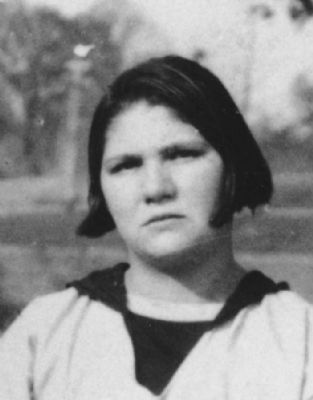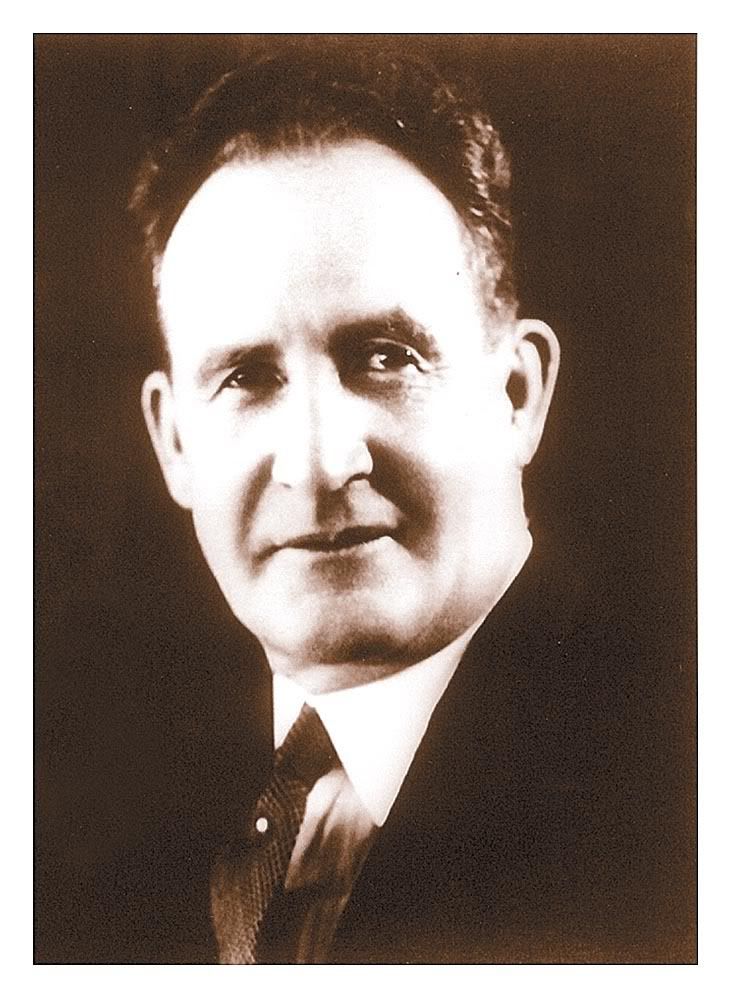 |
Chief Osceola and
Renegade |
Is it ever possible to go home again? I gave it a shot last weekend. Not home, home, but I went back to my alma mater, Florida State University.
At 6:00 a.m. last Friday, bleary-eyed and hair askew, I met up with two sorority sisters for a trip back to 1978. It was still a seven hour car trip up the State of Florida from Palm Beach County to Tallahassee (anyone who grew up here can tell you it takes almost forever to get out of this state), where we were once twenty year olds with big dreams.
After lurching out of the car and walking in circles to loosen stiff limbs, we did all of the typical alumnae stuff. First stop was our old sorority house. Now rented by a fraternity, we stood in the large median of Park Avenue and snapped pictures, commiserating that the pecan tree and swing that stood in the front yard was gone and there were no Sigma Kappas in sight. There were a few guys milling around on the front porch who kept looking over at us. I think they must be used to middle-aged women with cameras stopping by to take pictures because one of the guys ventured out to us and asked, "Are you all Sigma Kappas?"
"Well, yes, we are. Did the cameras give us away?"
He laughed. "We get some visitors on game days. Would you like to see the inside of the house?"
We decided to take the nickel tour. Sigh. It has indeed changed. There was no carpet (would be hard to keep clean after fraternity parties); no kitchen (the guys eat out. We had a wonderful cook named Lucy and formal dinners); none of our composite pictures up on the wall (theirs were there instead) and our chapter room was just a basement. It was a bittersweet tour, but the guys were friendly and we appreciated the time they spent escorting us around as we shared our memories of how the house once looked.
After piling back in the car, we took off down the street and spent several minutes playing the "what happened to Bill’s Bookstore?" and "remember when that was there?" and gasp! "What happened to Sherrods?" as we headed over to the football stadium. A new impressive statue of Chief Osceola and Renegade, a tradition since 1978, stands in front of what is now a huge stadium. I remember the first time I saw them ride out on the field. The horse galloped to center field and the Chief speared the indian head painted at the fifty yard line. It was the first time I ever heard sound go over my threshold to hear as the crowd screamed so loud all I heard was a buzz. It went very well with the goosebumps.
The new stadium actually encases the old like a ski cap. You can see bits and pieces of the original under the new. We headed for the gift shop (of course) to stock up on new t-shirts followed by a visit to the Hall of Fame. Pictures of athletes line the halls along with brief biographies of their athletic endeavors during their years at FSU. In the several story high main room, conference and Heismann trophies are displayed under glass as the prized possessions of each generation.
 |
Jennell, Kelly, Joy and Kim
Sigma Kappa Sisters |
It was soon time to meet more sorority sisters at Ken’s, a local dive and hangout since 1966. No, we were NOT there in ‘66. We spent most of our time inspecting the walls and ceiling to see if we could find the names of anyone we knew but had no luck. There must be thousands of names and dates scribbled everywhere. Ken’s has a tradition involving a wall of beer mugs. You pay a flat fee for the mug and it hangs on the wall throughout your years as a student. My friend, Joy, was thrilled to find out that Ken’s gives stickers for every five years a mug belongs to the holder. Her mug quickly earned a stripe of stickers as the bartender caught her up with the missing years.
The next afternoon, after shopping for some tailgate supplies, we trekked over to the stadium and met up with still more sorority sisters and friends, a couple of brave husbands, and one very delightful soccer playing girl who really liked grape soda. Burgers were grilled, salads opened up, beer bottles popped as we sat around relaxing and visiting and then it was game time!
We sat in I think row 80. It was definitely near the top of the stadium and it felt like we were climbing Mount Everest. Joy and I decided that we weren’t going to go back down until the game was over as we’d never be able to get back up to our seats. The view from the clouds was incredible–not a blind spot and we could see the tops of Tallahassee trees beyond the edge of the stadium. Kelly chose those seats and did a great job.
 |
eshots, Inc. copywrited photo
courtesy of Hyundai
"Show Your Loyalty" Experience |
As the game rolled on, we yelled the fight song, did the tomahawk chop, and bounced up and down screaming when required. In front of us were three brave and very funny young men about my son’s age (twenty-two) with terrific senses of humor. They cautiously looked back at us and we commiserated with them that out of all the seats they could have had in the stadium, they were stuck in front of three very loud women. By the end of the game, however, they were tomahawk chopping along with us and on one touch down, there were high fives all around. They told us that we were going to be the topic of water cooler conversation when they went back to work on Monday. I’m not quite sure if that’s a good thing or not.
The game ended gloriously for the Seminoles of Florida State with a 41 to 10 victory over Maryland and the crowd danced out of the stadium. We headed back to the continuation of the tailgate party for grilled hotdogs and leftovers. Sitting in lawn chairs as the sun slowly set, we started bundling up in jackets as the Tallahassee night turned cooler. I leaned my head back and closed my eyes. The voices of my sorority sisters floated around me and the conversation flowed just as easily as it had all those years ago. It was good to be home, if only for a little while.































